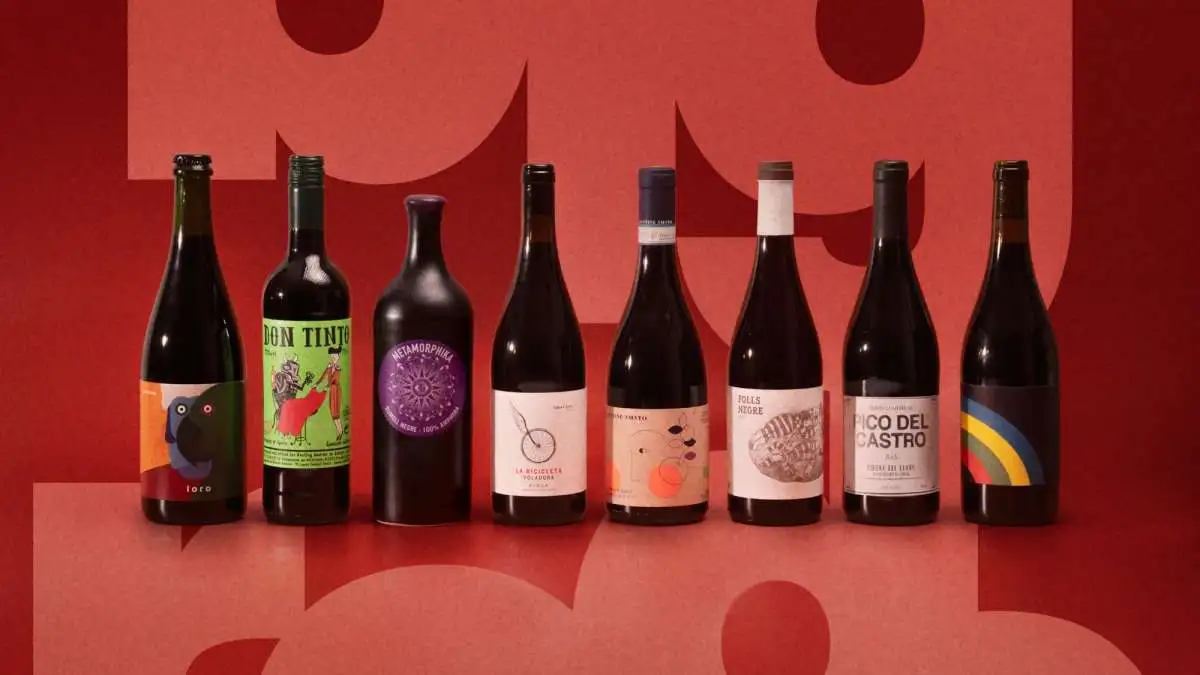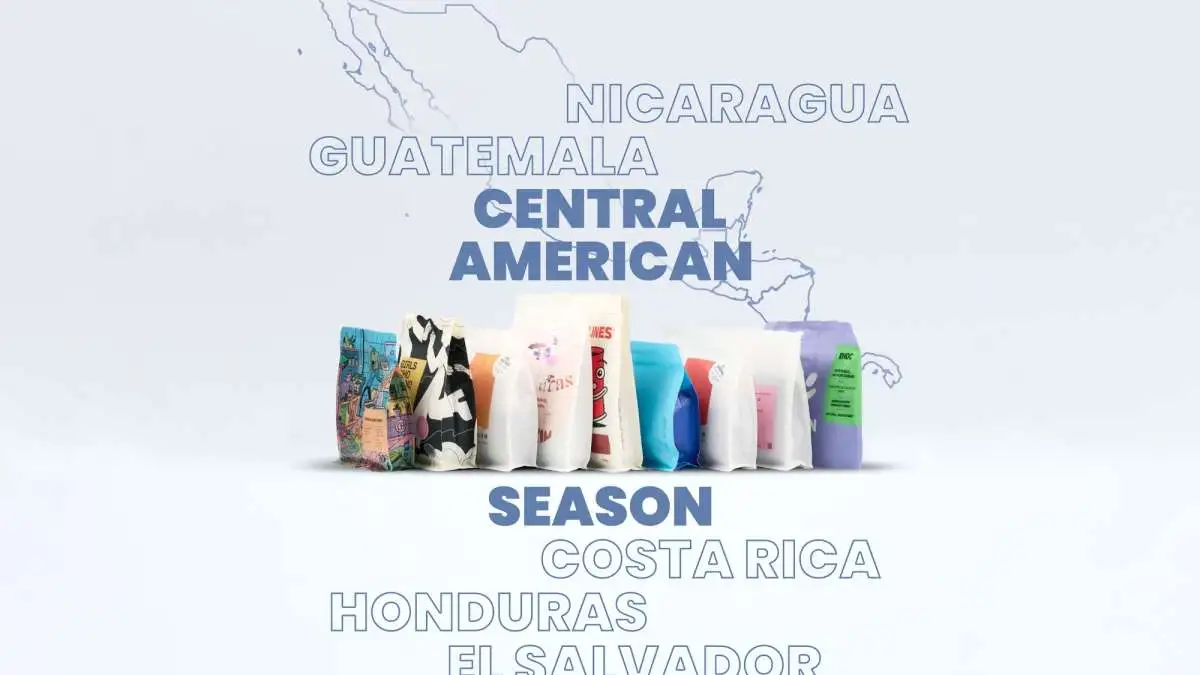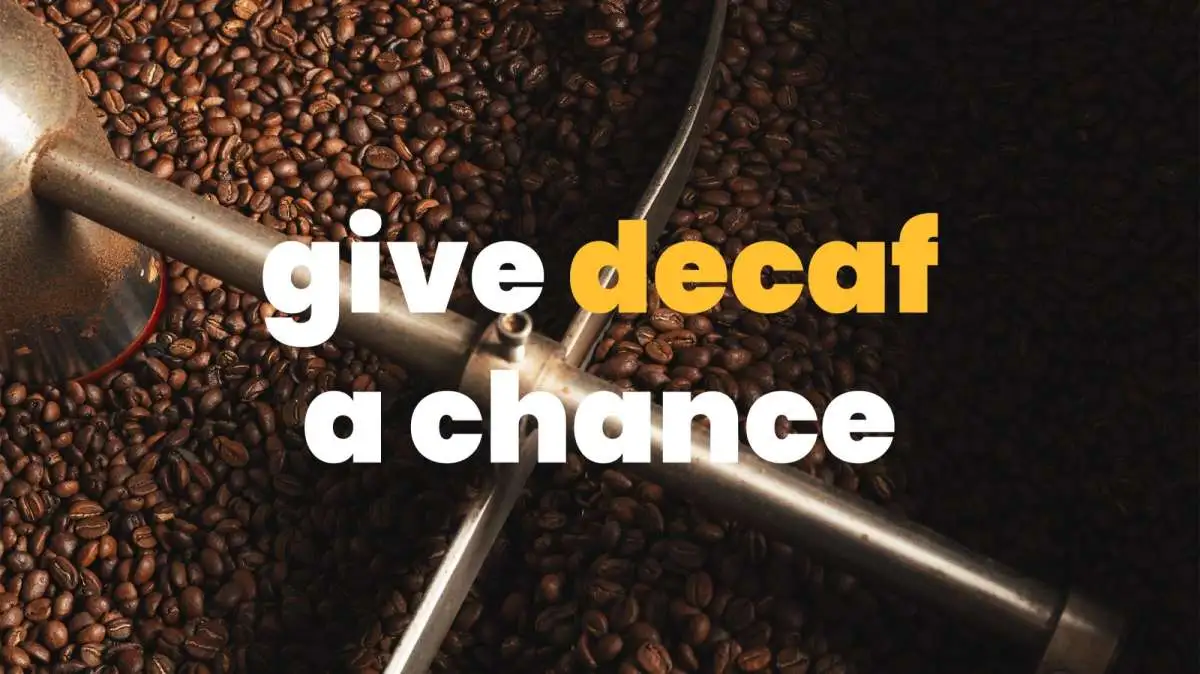What is Specialty Coffee: A drop Glossary of Terms

Read time: 7 minutes
Date published: 27 September 2023
Last updated: 09 November 2025
Specialty Coffee
Specialty coffee is the best of the best. In technical terms, these are beans that score over 80 on the 100 point specialty coffee scale according to a panel of expert tasters and have very few defects. It’s this level of quality control, and the care that has gone into its production at every level from fruit to cup, that sets specialty grade coffee apart from commercial grade.
Altitude
High altitudes are the perfect environment for growing coffee. The cooler temperatures at heights above 1000MASL mean the coffee matures more slowly, developing more sugars in the fruit and leading to more complex flavours.
Anaerobic fermentation
A method for processing coffee. All coffee is fermented to some degree, but in anaerobic fermentation the coffee cherry is fermented in an oxygen free environment. This different environment produces unique acids and coffees with a distinct fruity flavour profile.
Arabica
Arabica coffee beans come from the Coffea Arabica plant and make up the vast majority of specialty coffee. The flavour is more subtle and less bitter than the Robusta beans often used in commercial grade coffee.
Bean
The beans that come in your bags are actually the seeds of the coffee plant that are processed into the drink you love. There are normally two seeds contained with the fruit of the plant.
Blend
A coffee that is made up of coffee beans originating from more than one place - this could be across multiple countries or even disparate regions within the same country. Speciality roasters may create blends to create balance, bring out specific tasting notes that might not be found in one varietal, or to produce more sustainably.
Bloom
Freshly roasted and properly stored coffee gives off carbon dioxide gas. The bloom phase of a filter brew is a light wetting of the ground coffee before your main pour, creating a bubbling and foaming as this CO2 is released, enhancing the flavour of your brew.
Burr grinder
Coffee beans are best ground fresh as possible. A burr grinder (either manual or electric) is the best option, crushing the beans between stainless steel or ceramic revolving burrs rather than slicing them with a blade, ensuring a more consistent grind.
Brix
The index used to determine the ripeness of the coffee cherry before harvest. Brix readings are calculated using a refractometer that measures the angle of refraction through the juice of the fruit, which changes depending on the sugar content. The sugar content of the cherry will affect the final flavour profile of a coffee, determine what process is used post-harvest, and help roasters develop a roast profile.
Co-ferment
Co-fermenting coffee involves producers adding an ingredient, usually natural products like fruit, to green beans during fermentation. This adds a new level of flavour to the coffee and is used to complement existing tasting notes. Completely different created to coffees flavoured with chemicals and synthetic ingredients!
Coffee Belt
The coffee belt is the zone where the climate makes it possible to grow Arabica coffee. This band wraps straddles the equator across 5 continents between the Tropic of Cancer and Tropic of Capricorn. The mild temperatures, distinct rainy and dry seasons, high humidity and areas of high altitude within this zone are perfect for coffee cultivation.
Cold Brew
A brewing process where coffee is steeped in cold or room-temp water for an extended period of time, then filtered. This slow extraction produces a refreshing, less-acidic drink.
Cultivar
As the name suggests, cultivars are cultivated varieties: non-naturally occurring hybrid plants, cultivated by humans to present certain desirable traits.
Cupping
A tasting and smelling technique to evaluate a coffee’s characteristics. Used by professionals for quality control, flavour notes, and specialty scoring.
Dialling in
Calibrating your espresso machine and grinder to achieve your perfect espresso recipe and get the most of your coffee beans. This mostly involves adjusting your grinder/ bean-to-cup machine to deliver the grind size and weight required for your desired brew time and should be done frequently.
Drying
All coffee must be dried properly to preserve its longevity.
Dry Mill
Dry mills are usually located in central or port locations at origin and act as the last step in the coffee processing chain by preparing coffee for export. Dry mills sort and grade parchment coffee and help ensure that uniformity and quality standards are met so that roasters receive a consistent lot that will roast evenly.
Extraction
The amount of flavour imparted from the coffee into the water during the brewing process. Over-extracted coffee can taste bitter while under-extracted coffee may taste sour: you’re looking for a balanced cup.
Floating
A method for sorting defective coffee after harvest. Good, dense cherries will sink while cherries with immature seeds will float and be sold as lower grade coffee.
Finca / fazenda
Respectively, the Spanish and Portuguese names for farms, estates, or ranches that grow coffee and other crops. Often used in naming specialty coffees because it demonstrates traceability.
Honey
A processing method where some of the fruit flesh (mucilage) is left on the bean for the drying phase.
Green Bean
The raw seeds of the coffee plant, that have been processed but have not yet been roasted. Green beans are the product that specialty roasters buy and roast.
Grind size
How coarse or fine you (or we) grind your coffee. Because the grind size affects how long the coffee is in contact with water, different brewing methods need different grind sizes. In short: finer grind = more surface area = fast extraction. Coarse grind = less surface area = slower extraction.
Intercropping
Coffee is often intercropped or grown together with shade providing trees, so that the coffee plants are not damaged by consistent sunlight in the tropical regions where they grow. These trees, often bananas or spices, also offer farmers a potential secondary cash crop and improves soil fertility.
Leachates
The liquid waste product of coffee processing. Some producers are now using the leachates from former lots, especially premium microlots, to ferment other coffees which can acquire its flavours and aromas.
Mucilage
The sticky substance that surrounds the coffee seeds inside the cherry.
Micro lot
Small parcels of coffee, specially selected by producers, importers or roasters for their quality and uniqueness.
Natural
One of the most common coffee processing methods, the fruit is left on the bean which is then fermented and dried in full without being washed off. Once at a certain moisture level, the rest of the cherry is removed.
Origin / Single Origin
Coffee growing countries are concentrated in a belt between the Tropic of Cancer and the Tropic of Capricorn where the conditions are perfect for growing. A single origin normally means coffee from one of these countries, but can also mean coffee sourced from one farm or processing station.
Parchment
A yellowish protective covering of the coffee bean and the stage that coffee goes through after it is dried. Typically, the parchment layer is removed by mechanical hulling when the coffee is prepared for export, as it is often left on for as long as possible to help maintain flavour during storage.
Peaberry
A natural mutation that results in only a single bean inside the cherry that is small, round, and supposedly offers a smoother and less acidic cup.
Pulped Natural
A variation of natural processing where the skin is removed before fermentation but the pulp remains.
Roast
How roasters like our coffee suppliers turn green beans into drinkable coffee. Factors like temperature, roast time and air flow all have an impact on the coffee’s overall character and flavour and can be altered to suit individual coffees or for specific purposes like darker ‘espresso’ roasts.
Smallholder
A grower who cultivates coffee on a small parcel of land. Smallholder farmers produce a very high percentage of specialty coffee. Most of their coffee is processed at community sites and combined with the product of other smallholders.
Swiss Water decaf
A chemical-free and renewable process for decaffeinating coffee using a compound called Green Coffee Extract which is circulated with green coffee until the caffeine molecules are removed.
Sugarcane decaf
A decaffeination process that involves washing the green beans in sugarcane derived Ethyl Acetate (EA) and water, where the EA bonds with the caffeine molecules and is then flushed away.
Varietal
Eg. Caturra, Bourbon, Typica. One of the naturally growing and reproducing varieties of the coffee plant, or natural mutations of these. Different varieties have different unique characteristics both physically and with regards to flavour potential and require different cultivation, processing and roasting.
Washed
One of the most common coffee processing methods. Coffee is depulped of the skin and fruit, fermented, and then washed clean and dried.
More from drop

01 December 2025

15 October 2025

29 August 2025

16 May 2025

17 January 2025

26 November 2024

01 November 2024

28 June 2024

